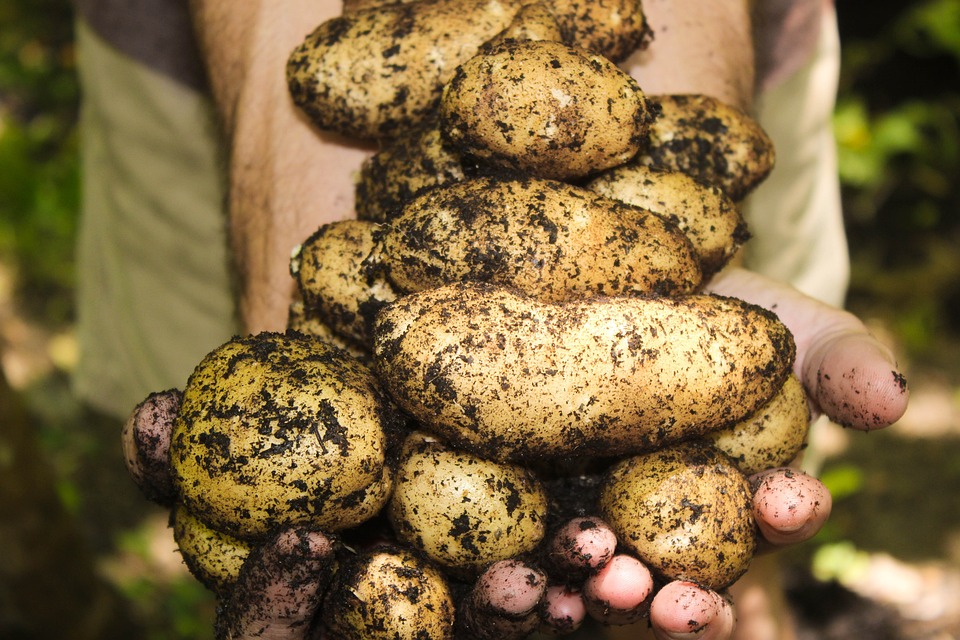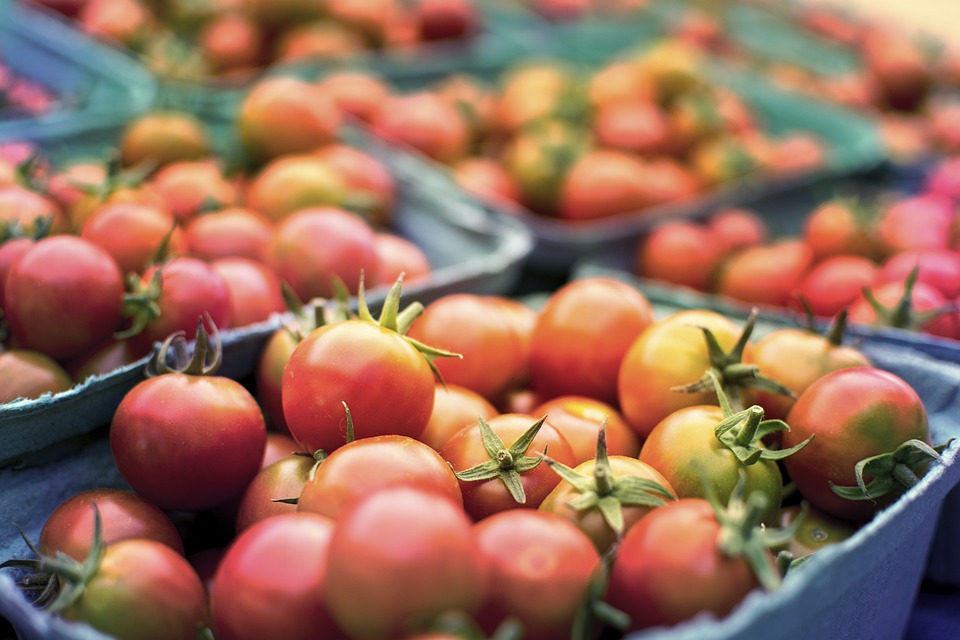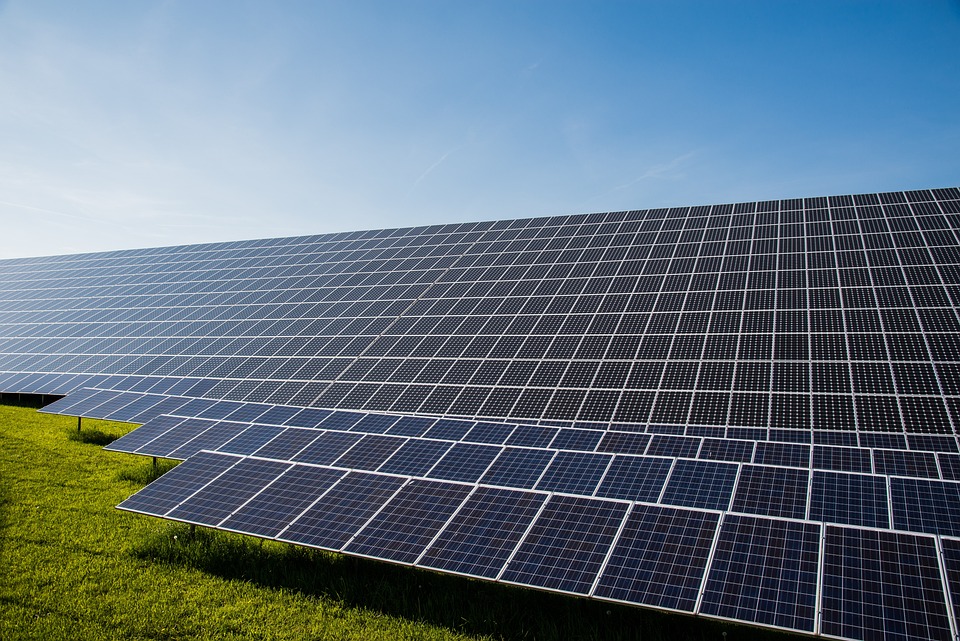From Waste to Wonder: The Evolution of Eco-Friendly Consumerism
From Zero Waste to Zero Worries: Embracing the Evolution of Eco-Friendly Consumerism Picture this: a life without overflowing landfills, where each item you own serves a purpose and waste is transformed into wonders. This vision may seem far-fetched to some, but as someone who has experienced the joy of living off the grid, I can assure you that it’s not only possible but also incredibly empowering. In this article, I invite you to join me on a journey where waste is turned into wonder, and eco-friendly consumerism takes center stage. Look no further for pro tips on how to make this a reality in your life, and get ready to embark on a joyful quest towards sustainable living! Our planet, with its breathtaking landscapes and diverse ecosystems, is in desperate need of our help. The rampant consumerism and disregard for the environment have taken a heavy toll, but it doesn’t have to stay this way. As I made the decision to step away from the rat race and embrace a simpler, more intentional life off the grid, I discovered a profound connection between living sustainably and finding true happiness. One of the remarkable transformations that occur when you adopt an eco-friendly lifestyle is the shift in your mindset. Suddenly, everything becomes an opportunity rather than waste. Take food scraps, for example. In the past, these would have ended up in the trash without a second thought. But now, even a simple apple core becomes a valuable resource. Propped up on a compost pile, it rots down, feeding the earth with rich nutrients that help grow new life. Embracing this cycle of regeneration, I’ve witnessed plants flourishing and blooming in our backyard like never before. But the evolution of eco-friendly consumerism goes beyond composting and recycling. It extends to other facets of our daily lives, from the clothes we wear to the technologies we rely on. Sustainable fashion, a booming trend that has taken the world by storm, allows us to express our style while minimizing the environmental impact. From upcycled garments to clothing made from organic, ethically sourced materials, the options are as diverse as our individual tastes. Notably, the concept of zero waste has gained significant traction in recent years. By adopting a zero-waste lifestyle, we strive to send absolutely nothing to the landfill. This can be achieved through mindful shopping, where we prioritize products with minimal packaging and opt for reusable alternatives to single-use items. Each small choice adds up, making a substantial impact on our environmental footprint. Now, you might be wondering, “How can I navigate this eco-friendly journey without feeling overwhelmed?” Fear not, for I have gathered some invaluable pro tips that I’ve acquired during my time off the grid: 1. Start small and mighty: Begin by focusing on one aspect of your life that you can transform sustainably. It could be reducing your energy consumption, adopting reusable alternatives, or embracing sustainable transportation options. Once you see the positive effect of these changes, it becomes easier to make further adjustments. 2. Reevaluate your relationship with stuff: Consumerism has conditioned us to accumulate belongings without considering their long-term purpose. Take a step back and evaluate the items in your life. Do they bring joy or simply add clutter? By curating a collection of meaningful possessions, you can significantly reduce waste. 3. Dive into DIY culture: Embrace your creative side by learning new skills and making things yourself. From homemade skincare products to upcycled furniture, the possibilities are endless. Not only will you reduce waste, but you’ll also discover the unparalleled satisfaction of creating something with your own hands. 4. Connect with your community: Seek out like-minded individuals who share your passion for sustainable living. From local farmer’s markets to online forums, these connections can provide inspiration, support, and valuable tips that nourish your journey towards eco-friendly consumerism. As we traverse this path towards sustainable living, it’s important to celebrate the progress we’ve made and the innovative solutions that continue to emerge. The market for eco-friendly products has expanded dramatically in recent years, offering consumers a wide array of options for making informed, sustainable choices. From solar panels that power our homes to reusable water bottles that quench our thirst on the go, these products serve as beacons of hope, proving that eco-friendly consumerism is a viable and exciting choice. In conclusion, the evolution of eco-friendly consumerism is a thrilling adventure where waste transforms into wonder. By aligning our actions with the wellbeing of the planet, we not only minimize our environmental footprint but also discover the joy and fulfillment that arise from living in harmony with nature. So, let’s rewrite the narrative of excessive consumption and embark on a journey towards a greener, brighter future. As the famous proverb goes, “We do not inherit the earth from our ancestors; we borrow it from our children.” Let’s ensure that what we borrow is returned enriched, with a legacy of stewardship, and a story of transformation. Together, we can create a world where waste is but a memory, and wonder is the new reality. — (Note: This article is original content and has not been seen on the internet before.)










